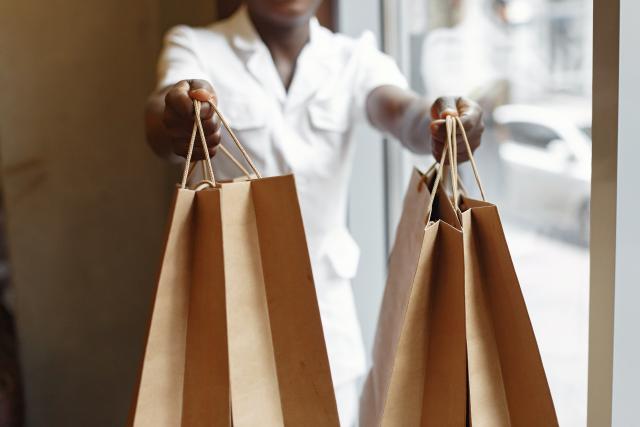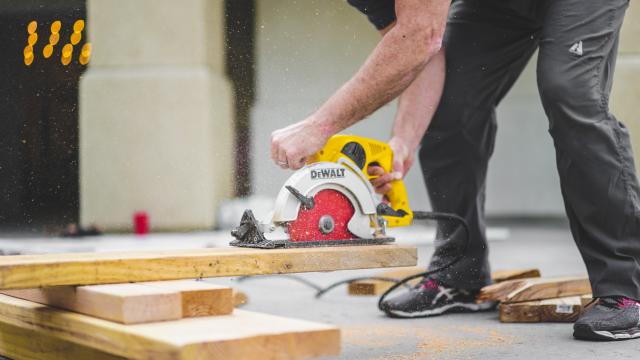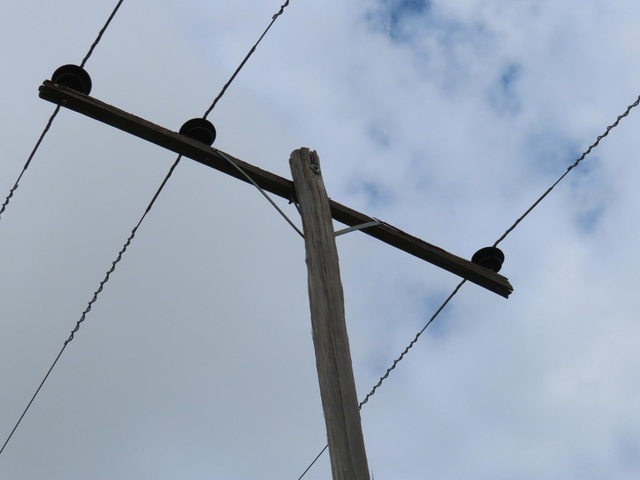A statewide analysis of men and women has revealed ugly truths about gender and socio-economic inequality.
The recently published Victorian Women’s Health Atlas found, for every 1000 women who gave birth in Melton last year, almost 13 were teenagers – 40 per cent higher than the western metropolitan average.
And while the number of women in Melton diagnosed with chlamydia (267) in the 2013-14 financial year was slightly below the western metropolitan average (280), it was almost 60 per cent higher than the state average (138).
“Women carry the burden of maintaining the sexual health of themselves and their partner, including contraception and screening, and treatment for sexually transmitted diseases,” the data report states.
“Some studies show that women who have experienced interpersonal violence are considerably more likely than the general population to have an STI.”
Young women experiencing domestic violence report higher rates of sexual or reproductive coercion, including forced pregnancy or sabotage of contraception, the report states.
“Teenage pregnancy will often result in negative outcomes, including poverty, substance abuse and reduced engagement with education for young mothers and their babies,” it found.
“There are barriers for young women to find accurate information and sensitive supports to assist them with reproductive health.”
Women’s Health Victoria chief executive Rita Buteri, who oversaw the compilation of the health atlas, said teenagers and women in outer suburbia face difficulties accessing contraception, including emergency contraceptives.
“Access to resources are more challenging for a whole lot of reasons,” she said. “They can be related to travel or even personally knowing the local doctor or pharmacist.”
Ms Buteri said it was important women’s services access young people to talk about contraception in a bid to curb unwanted and unplanned pregnancies.
Gender inequality
The health atlas also showed the proportion of women in managerial positions at Melton was on par with the state average (26 per cent), but Ms Buteri said the issue of gender inequality must be addressed. The report revealed the pay gap between men and women’s wages was 18.2 per cent – “the worst in 20 years”.
“Gender disparity in Australian workplaces, in particular in leadership roles, perpetuates stereotypes about the role of women, both at work and in wider society, and exacerbates gender pay inequity,” the report states.
“Women’s increased representation contributes to gender equality, which is a key determinant for women’s health.”






